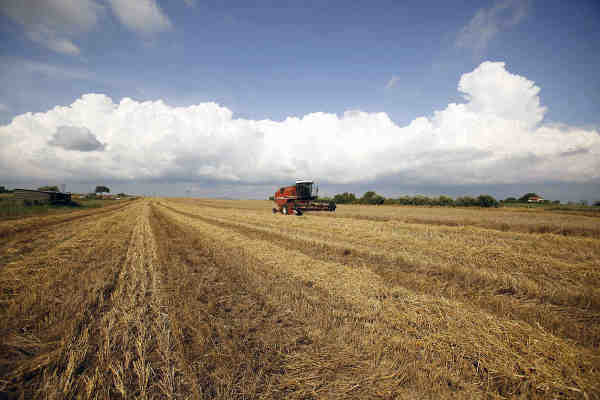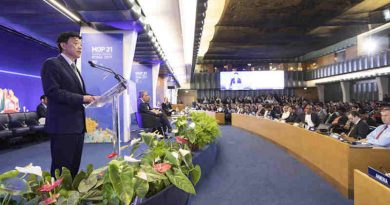New Technologies Needed to Aid Small Farmers: FAO

The head of the United Nations agricultural agency has called for great use of agroecology, biotechnology and other creative tools to eradicate hunger, fight malnutrition, and achieve sustainable agriculture.
Speaking at the Forum for the Future of Agriculture in Brussels, José Graziano da Silva, Director-General of the Food and Agriculture Organization (FAO) stressed the need for collaboration beyond traditional silos, particularly to aid family farmers.
“It is essential to invest and create new products, technologies, processes and friendlier business models to support them, improve their resilience and enable them to produce more in a sustainable way,” the Director-General said.
[ India to Double Farmers’ Income by 2022 ]
New and innovative ways of working together is also important if the international community is to meet the goals laid out in the 2030 Agenda for Sustainable Development, which aims to eliminate hunger and poverty, among the 17 Sustainable Development Goals (SDGs).
To do this, Mr. Graziano da Silva said, countries need to embrace modes of governance beyond sector-specific ministries, such as agriculture, health and education, “to find innovative solutions for complex development problems.”
For example, nearly 80 per cent of extremely poor and undernourished people live in rural areas, most of them family farmers who do not grow enough food to escape hunger or poverty, according to UN figures.
[ Visit and Support RMN Foundation Free Schools for Children ]
At the same time, family farmers produce the largest proportion of the food consumed worldwide.
Mr. Graziano da Silva also noted the impact of climate change on people’s lives and livelihoods, stressing that the rural poor is often the most exposed to the elements and least equipped to deal with them.
The senior UN official also spoke about the need to strengthen food value chains “from the farm to consumers’ tables,” noting also the importance of empowering consumers to make better dietary decisions through improved labelling and accurate advertising.
💛 Support Independent Journalism
If you find RMN News useful, please consider supporting us.



